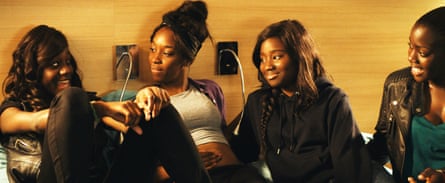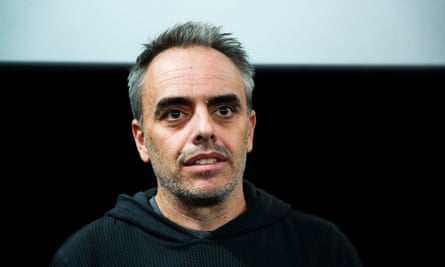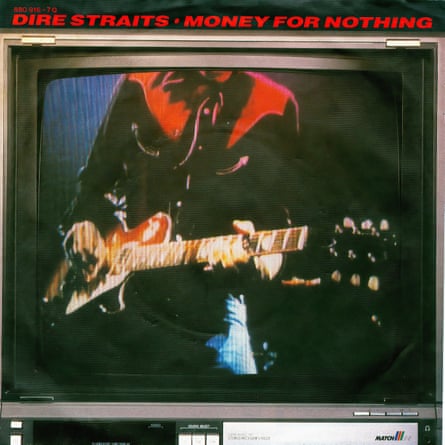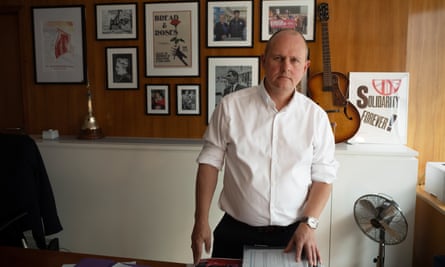“Does French film-maker Céline Sciamma ever put a foot wrong?” That’s a question I posed in my 2021 Observer review of Petite Maman, a sublime modern fable in which a young girl meets her soulmate – a mirror-image child who appears to be a young incarnation of her mother. The film is an astonishing work, a U-certificate masterpiece for children of all ages, conjuring a magical reality in which characters converse across generational divides in disarmingly matter-of-fact fashion. The time-travelling setup may be fantastical, but there’s nothing fanciful or far-fetched about the emotions the film provokes. On the contrary, Sciamma adopts the magical elements of ghost stories and fairytales to create a down-to-earth coming-of-age parable notable for just how real it feels.
That sense of universal “reality” is the key to what makes Sciamma’s films so special.
Looking back over my various Observer verdicts on Sciamma’s movies, dating back to 2014’s Girlhood (Bande de filles), which celebrates its 10th anniversary this year, I realise that I never gave any of her filmsless than a five-star rave. From Claude Barras’s Oscar-nominated 2016 French-Swiss stop-motion animation My Life As a Courgette, which earned Sciamma a screenwriting César, to the mesmerising Queer Palm-winning period drama Portrait of a Lady on Fire (2019), Sciamma’s track record is pretty much flawless. I honestly cannot think of another contemporary film-maker whose work has proved so thrillingly versatile, yet so reliably perfect.

Girlhood premiered at Cannes in May 2014, winning plaudits for its authentic and empathetic portrayal of a young black woman and her friends living the “banlieue life” in the housing projects of Paris. Sciamma called it the climax of an “accidental trilogy of youth”, making good on the coming-of-age promises of 2007’s Water Lilies, which my Observer predecessor Philip French called “almost ethereally beautiful”, and 2011’s Tomboy, an international festival hit. “With her first two films,” wrote my Observer successor, Wendy Ide, “Céline Sciamma established herself as an accomplished young film-maker with something to say and a distinctive way of articulating it. Her third film, Girlhood, confirms her as quite simply one of the best directors of her generation.”
“French young women today are this girl,” Sciamma boldly declared of Marieme, the chameleon-like character at the centre of Girlhood, played vibrantly by screen newcomer (and César nominee) Karidja Touré, one of the director’s many street-cast discoveries. Some balked at Sciamma’s claims of universality – how could this unknown young black woman represent them? Yet Girlhood provides a perfect example of a quality that runs throughout Sciamma’s filmography; the ability to strike an accessible chord by focusing tightly on specifics, finding the universal within the unique. Whether her films are centred on a gender-fluid 10-year-old or an 18th-century lesbian couple, Sciamma makes the viewer feel that the story is somehow about them, whoever they may be.

Born in November 1978, and raised in Cergy-Pontoise, to the north-west of Paris, Sciamma fell in love with movies as a teenager, fired partly by her grandmother’s passion for old Hollywood – a fondness for Fred Astaire musicals and Jimmy Stewart dramas. “I owe a lot to American cinema,” Sciamma told Time Out in 2013, citing Tootsie, Victor/Victoria and “gangster films” as surprising sources of inspiration. After completing a degree in French literature, she attended the French film school La Fémis, where she wrote the script for Water Lilies as her final-year project. At first, Sciamma thought she might become a screenwriter, or a critic, since directing seemed to be a male-dominated profession. But when actor/director Xavier Beauvois (who was heading the evaluation committee at La Fémis) read Water Lilies, he “begged me to make it into a film”, and Sciamma found herself in the director’s chair.
Since then, she has proved herself to be a natural-born film-maker – an auteur who uses the medium of cinema to find common ground between apparently disparate audiences. In the process, she has helped rewrite the grammar of popular cinema itself. “What would [the founder of Studio Ghibli Hayao] Miyazaki do?” was apparently the question Sciamma asked herself when making Petite Maman – a question that speaks volumes about the “arthouse cinema” label with which she has periodically been saddled. Make no mistake; Sciamma is “an artist” – a purveyor of some of the most groundbreakingly adventurous works that modern cinema has to offer. But more importantly she is a communicator, making films that speak eloquently to audiences young and old, around the world.
“If you want to send a message,” runs an oft-quoted Hollywood canard, “use Western Union.” For Sciamma, the message has always been in the movies.
What else I’m enjoying

Late Night With the Devil
This Ghostwatch-style retro horror yarn, starring David Dastmalchian, got a big thumbs-up from genre maestro Stephen King and it’s easy to see why. Its evocation of a cheesy late-night TV host making diabolical decisions in search of ratings is smart, satirical and (at times) surprisingly squishy. Think “Alan Partridge Goes to Hell”. Devilishly good fun!

The Woman in Me
Britney Spears’s impressively down-to-earth account of the “conservatorship” that effectively imprisoned her for more than a decade (prompting the “FreeBritney” hashtag) is lent emotional oomph by Michelle Williams who reads the audiobook. With Williams at the microphone, Spears’s story of her battle to take back control of her life is engrossing stuff – by turns strange, moving, baffling and horrifying.
Source: theguardian.com





















